Search
Remove Ads
Advertisement
Summary 
Loading AI-generated summary based on World History Encyclopedia articles ...
Search Results
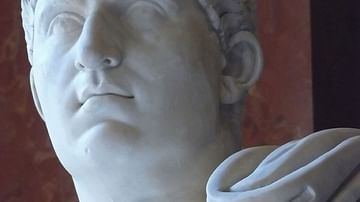
Definition
Otho
Otho was Roman emperor from January to April 69 CE. Immediately after the assassination of Galba, Otho, the governor of Lusitania, was proclaimed emperor by the army. However, the unrest that existed in the short reign of Galba would spell...
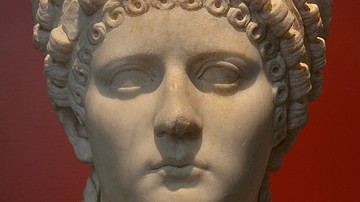
Definition
Poppaea Sabina
Poppaea Sabina (30-65 CE) was the wife of Praetorian prefect Rufrius Crispinius and then Marcus Salvius Otho (r. 69 CE) before she became the second wife of Roman emperor Nero (r. 54-68 CE). Considered by ancient sources both attractive and...
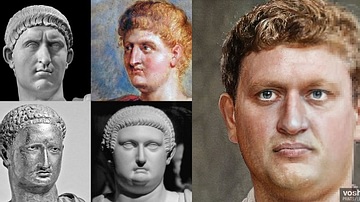
Image
Otho (Artistic Facial Reconstruction)
A photorealistic representation of what the Roman emperor Otho (r. 69 CE) may have looked like. Pictured alongside the reconstruction are the busts and artwork used as references. From left to right and top to bottom these are the Louvre...
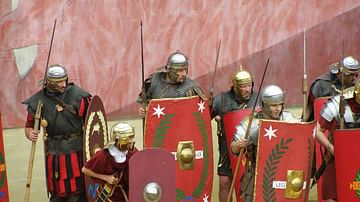
Definition
Legio I Adiutrix
Legio I Adiutrix was a legion of the Roman army formed from veteran sailors after the death of Roman emperor Nero (r. 54-68 CE). During its long career, the legion accompanied Trajan (r. 98-117 CE) on his Dacian and Parthian campaigns, fought...

Image
Roman Emperor Otho
A marble representation of the Roman Emperor Otho, 69 CE. (Louvre, Paris)
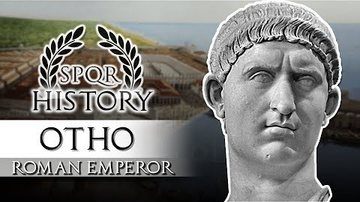
Video
Emperor Otho #7 - The Shortest Reigning Roman Emperor
Emperor Otho had a very short reign in a turbulent time of Roman History, he was the second emperor of the year of the four emperors. On this channel we focus on Roman History and right now we're doing a video on every Roman Emperor...
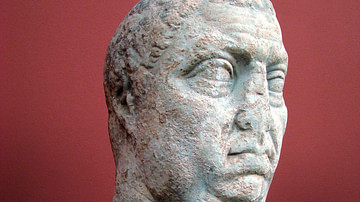
Definition
Vitellius
Vitellius was Roman emperor from April to December 69 CE. Vitellius was the third of the four emperors who ruled the Roman Empire in the year 69 CE. One of his predecessors, Galba, who had replaced the fallen Emperor Nero, was murdered by...
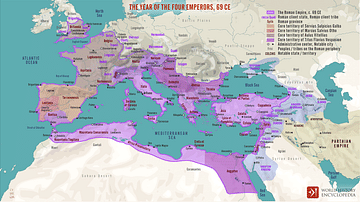
Article
The Year of the Four Emperors & the Demise of Four Roman Legions
During the Year of the Four Emperors (69 CE), the fight between Vitellius and Vespasian would ultimately bring about the demise of four legions, the XV Primigenia, I Germanica, IIII Macedonica, and XVI Gallia. All four of these legions had...
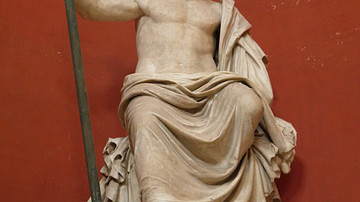
Definition
Galba
Galba was Roman emperor from June 68 to January 69 CE. With the death of Emperor Nero on June 9, 68 CE, the Julio-Claudian dynasty officially ended, leaving the Roman Empire without a clear successor to the throne. With the assistance of...
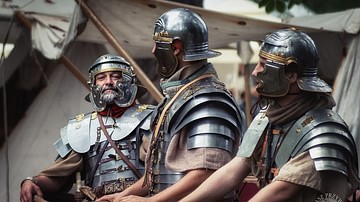
Definition
Legio XXI Rapax
Legio XXI Rapax was a legion of the Roman army whose name name "Rapax" means "rapacious" or "greedy". It is not clear when the legion assumed this name; it may or may not be the same 21st legion Julius Caesar (100-44 BCE) formed before his...